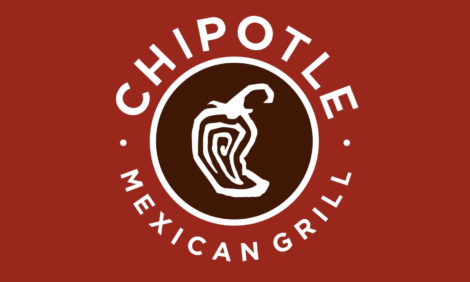



Why did sow mortality rates jump to 15 percent?
The spike in sow mortality rates over the past decade has prompted the US pork industry to hunt for answers.“We’ve probably got farms and systems where maybe a good [sow-mortality rate] is 10 percent and the industry average might be closer to 15 percent to 18 percent,” reported Chris Rademacher, DVM, extension swine veterinarian, Iowa State University Extension.
“Obviously, there’s major production concerns, but also some animal well-being concerns about that kind of sow mortality,” he told Pig Health Today.
Lameness No. 1
Rademacher is associate director of the Iowa Pork Industry Center, which is studying the sow-mortality issue. After looking at the centre’s sow data and talking with other veterinarians and producers, Rademacher said the answers fall into a couple of different categories.
“Lameness is probably the biggest one,” he said. “We probably lost our focus on selecting animals for good conformation, good structure.”
The switch from natural mating to artificial insemination lowered the importance of sound sow structure, he added. The industry then focused on high litter sizes and increased weaning rates.
“We probably have animals that wouldn’t have made it into the herd 10 to 20 years ago that are there now,” Rademacher said. “In group housing and individual housing, we’re seeing a higher incidence of lameness and feet and leg problems.” The result is either early culls or sows that go down and must be euthanised.
Infectious problems also create sow lameness. Early treatment of cuts and scratches will head off infections that, when left untreated, could damage joints and cripple sows.
Rethink gilt selection
Gilt selection that refocuses on conformation and structure can help reduce lameness and, therefore, sow mortalities.
“We probably lost a little bit of the art of gilt selection,” Rademacher said. “It’s something that has to really be trained. We’ve got people [who] weren’t raised around hogs and didn’t do judging in 4-H and FFA where they learned some of those skills to evaluate pigs. It just feels like it’s a lost art.”
Other mortality causes
Prolapses represent another major cause of sow mortality. It also is the cause that has increased the most in the last few years, according to Rademacher. The Iowa Pork Industry Center is analysing data to find links in genetics, nutrition, housing and management that will help reduce prolapses.
But overall, 30 percent to 40 percent of sow mortalities are categorised as unknown.
Why? “It’s really difficult to do necropsies on large animals and tougher to train the farm staff to do some of that preliminary stuff,” Rademacher explained.
He believes some of the “unknown” deaths are due to heat stress in the summer, a gastric ulcer or a twist in the stomach.
Rademacher is optimistic that the “deeper dive” into data on sow mortalities will help the industry reduce the unusually high mortality rates in the future.






